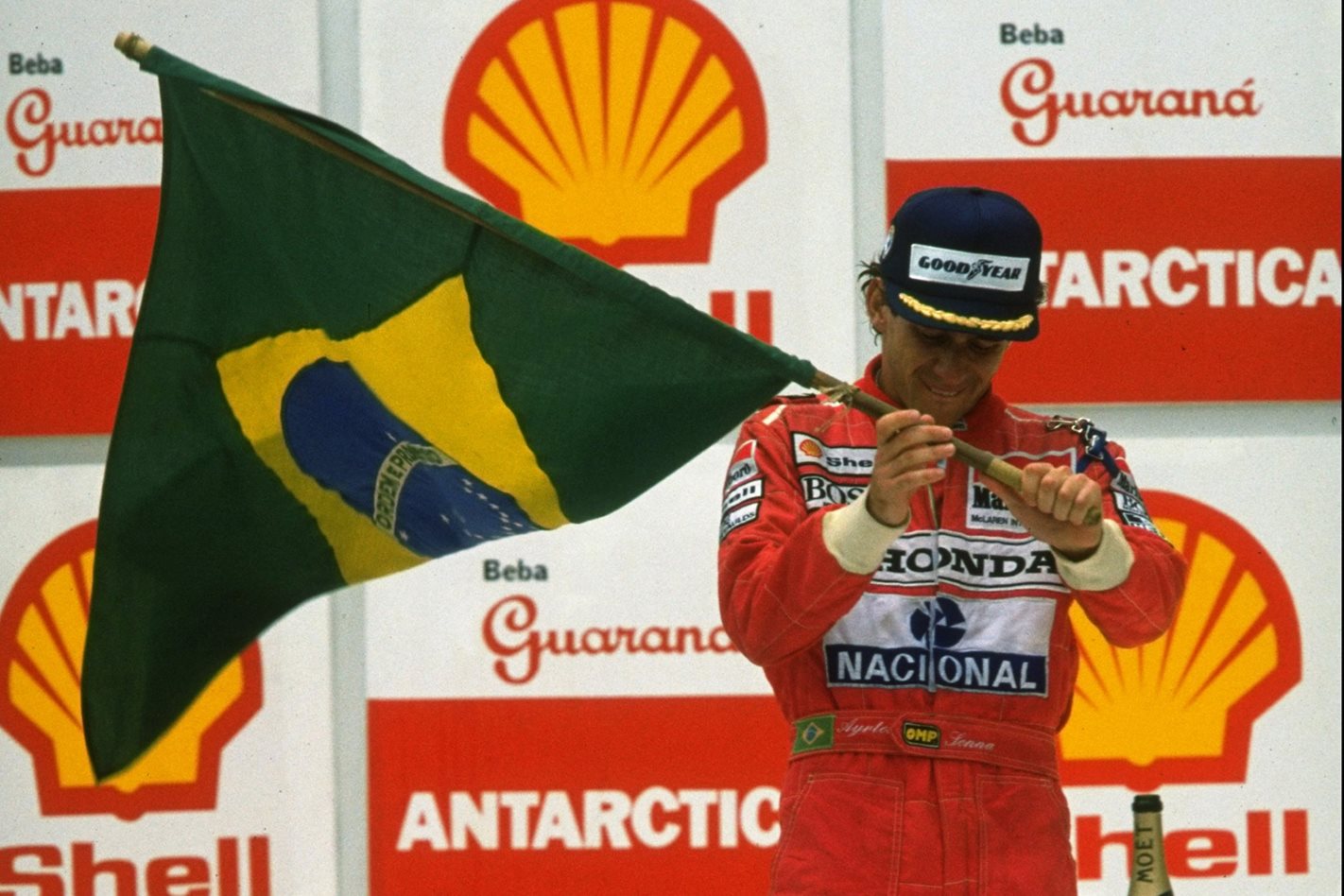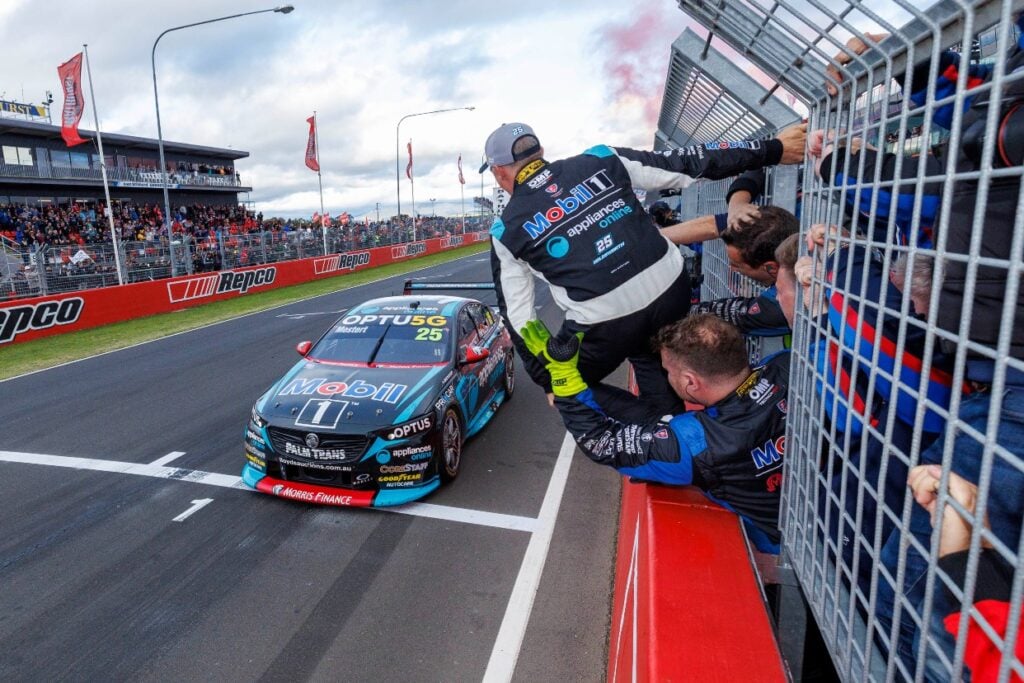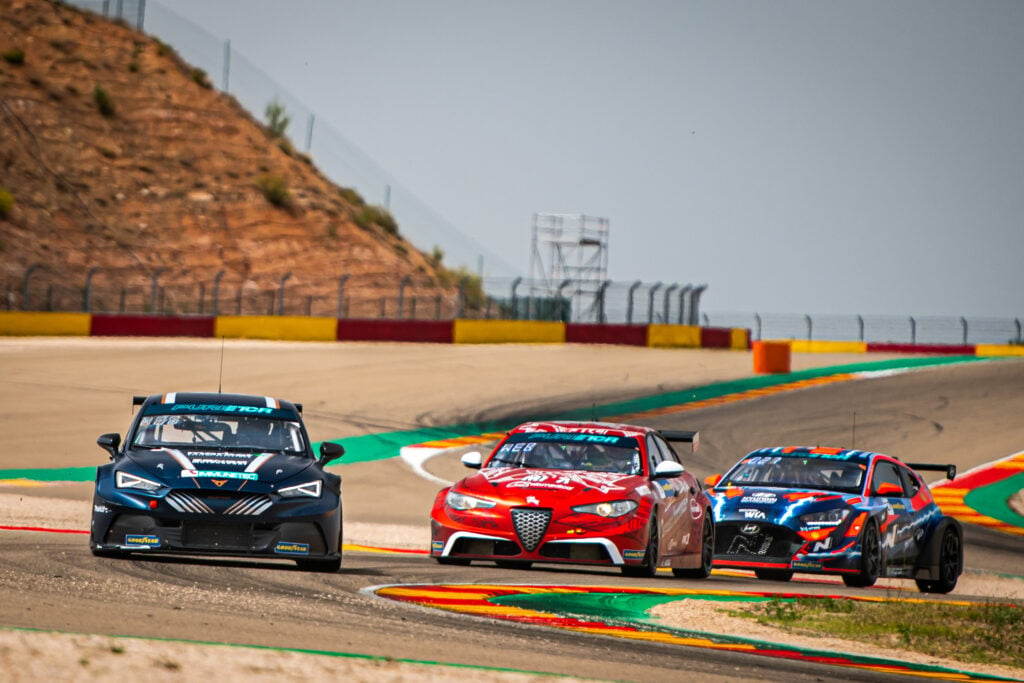An animated depiction of Ayrton Senna’s first home Formula One Grand Prix victory has been commissioned by the Ayrton Senna Institute to motivate Brazilian athletes at the 2016 Rio Olympic Games.
Senna had seven Formula One seasons and two World Championships under his belt by 1991, without a win in front of his home crowd at Interlagos in Brazil. He had qualified on pole four times previously, but never managed to convert a front row start into victory.
The race in ’91 was to be Senna’s year, though not without significant hardship for the Brazilian native to overcome.
The result on paper doesn’t say much about the heroic effort from Ayrton Senna to get his McLaren-Honda MP4/6 over the line. Once again, he qualified first and got off to a perfect start. He led the race into the first corner and continued to run at the front until the finish.
In actual fact, Senna was suffering with tyre problems early on in the race and managing his pace as best he could. Then the car began to let him down. From the middle of the race it became difficult to select fourth gear then, with 20 laps to go, it became impossible.
“It was very tough for me to continue the race without fourth gear,” he said. “It took a toll on my arms and hands, as well as wasting time. I started to feel physical fatigue more than I should have.”
The lure of a home victory prevented Senna from retiring. He drove around the issue as best he could. Then, with seven or eight laps remaining, gears three and five failed as well.
Senna jammed the ‘box into sixth and had to leave it there for the rest of the race, all the while Riccardo Patrese was closing the gap from second place. And then it started to rain.
Manhandling the McLaren through slower corners required huge physical exertion from Senna. The 3.5-litre Honda V12 in top gear was working against him, constantly trying to push the car wide. In some footage of the final laps it’s possible to hear Senna kicking the clutch to maintain engine speed and momentum without letting the car stall.
Miraculously, Senna made it work. He reached the home straight and coasted over the finish line screaming through the radio: “I don’t believe it! I don’t believe it!” Patrese was less than three seconds behind.
Track marshals had to push Senna’s car off the straight and assist him with removing his gloves and getting him out of the car.
There was to be no lap of honour for the crowd, whose excitement levels had well and truly shifted into overdrive. Spectators and officials were dancing and embracing in the pouring rain at all corners of the circuit.
A visibly weak and exhausted Senna was driven to the podium in a medical car, where he fought back tears of pain and ecstasy as he strained to lift the Brazilian flag and winner’s trophy above his head. It was the fulfilment of a dream in the most dramatic of scenarios.
Senna described the pain of his neck, shoulder and arm spasms as “extremely consuming. I finished the race with nothing left.”
The Instituto Ayrton Senna (IAS) hopes the story of Senna’s triumph over adversity will inspire Brazil’s athletes to achieve greatness at the 2016 Olympic Games in Rio de Janeiro.
Senna’s family established the IAS in November 1994, six months after the racing driver’s tragic death at San Marino. The organisation named in his honour exists to support families and create opportunities for young people in Brazil, where the story of Ayrton Senna is the stuff of legend. He is still a national hero.





